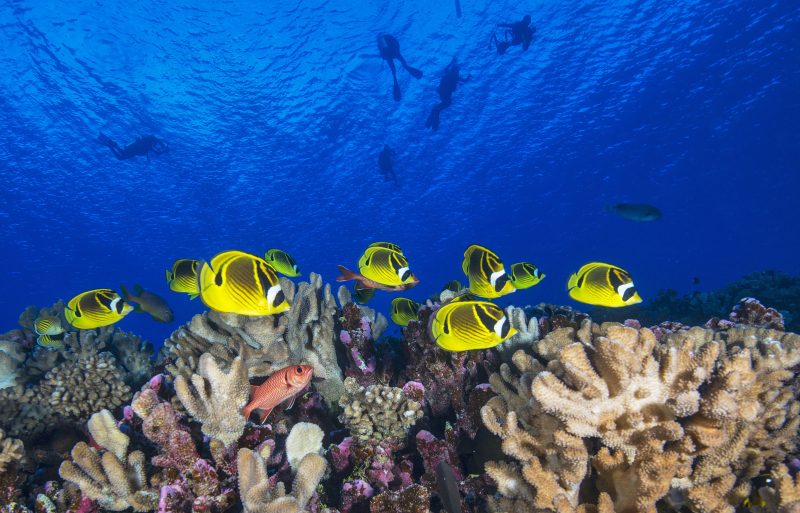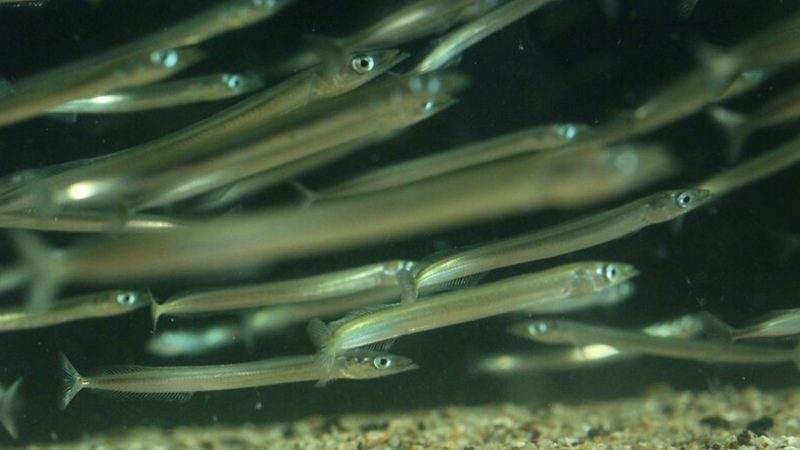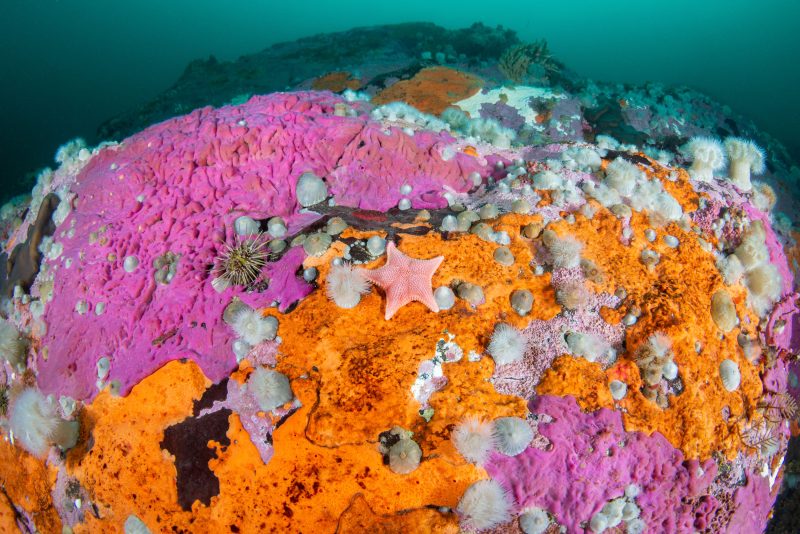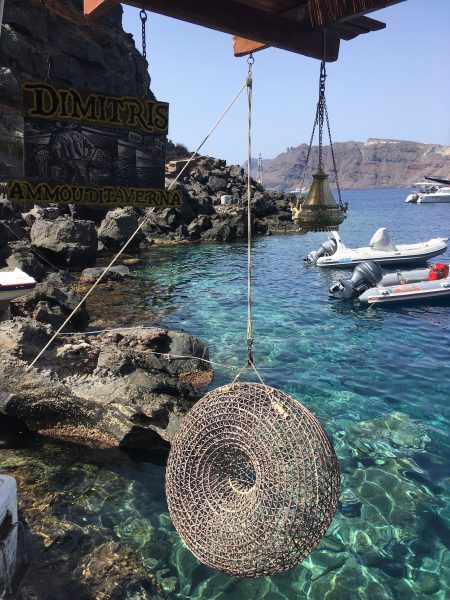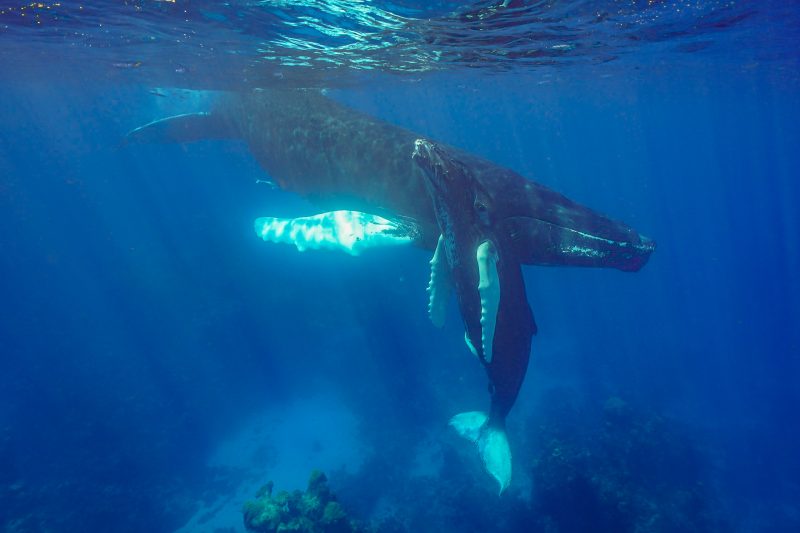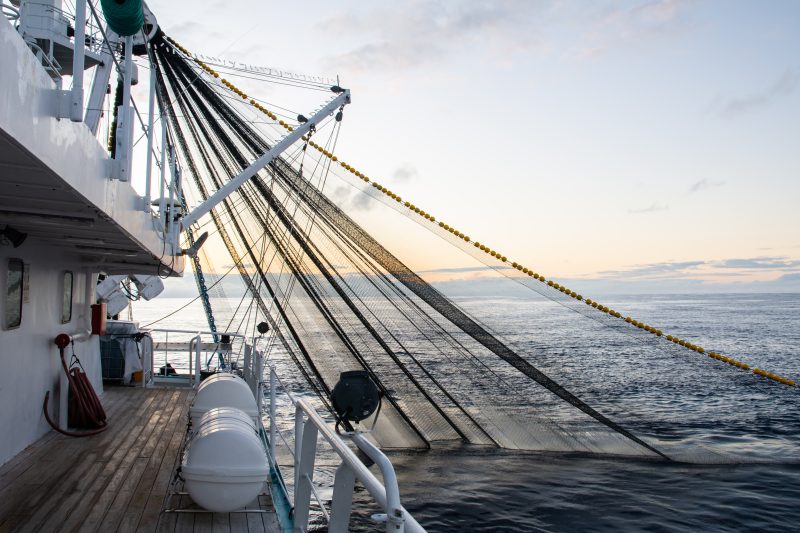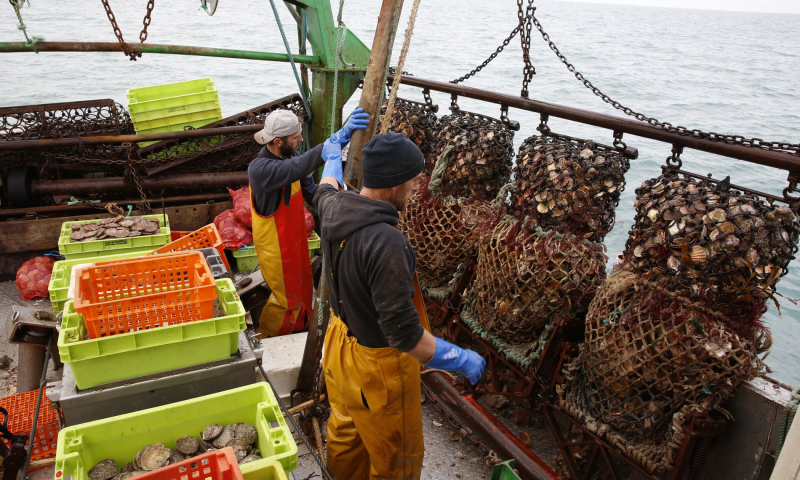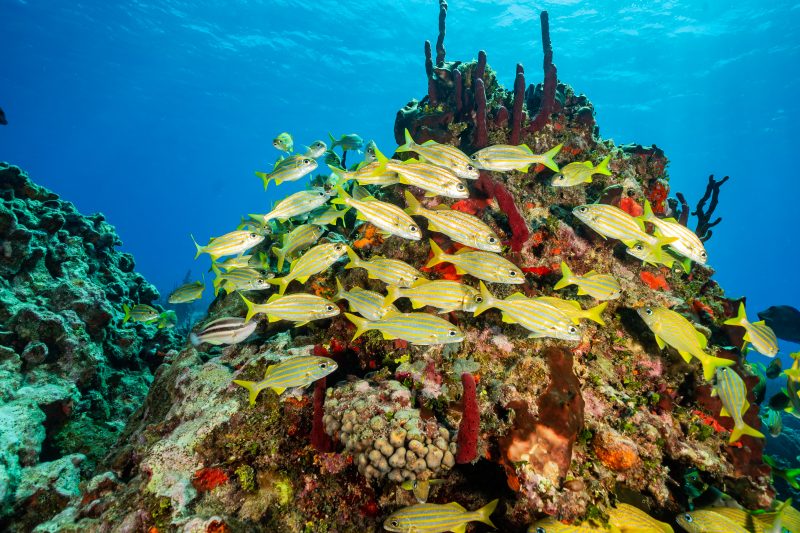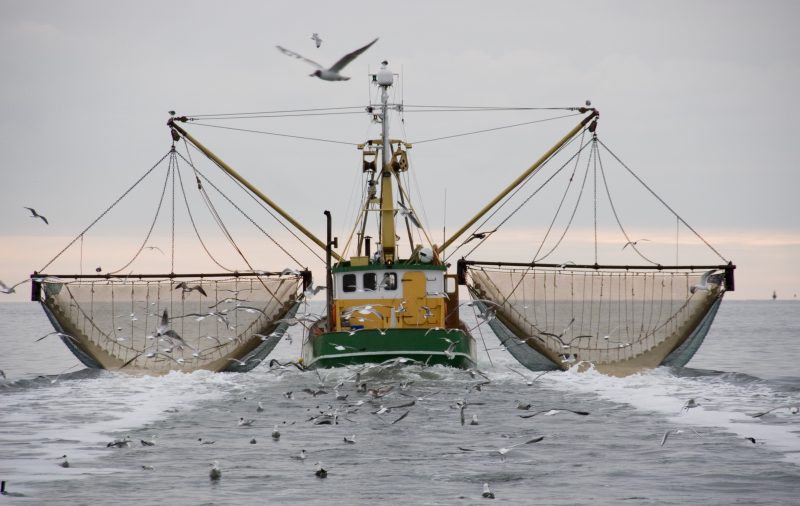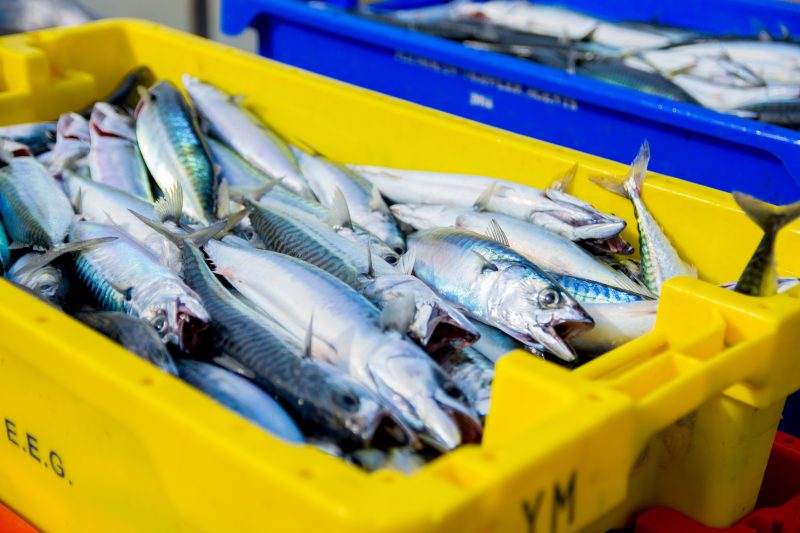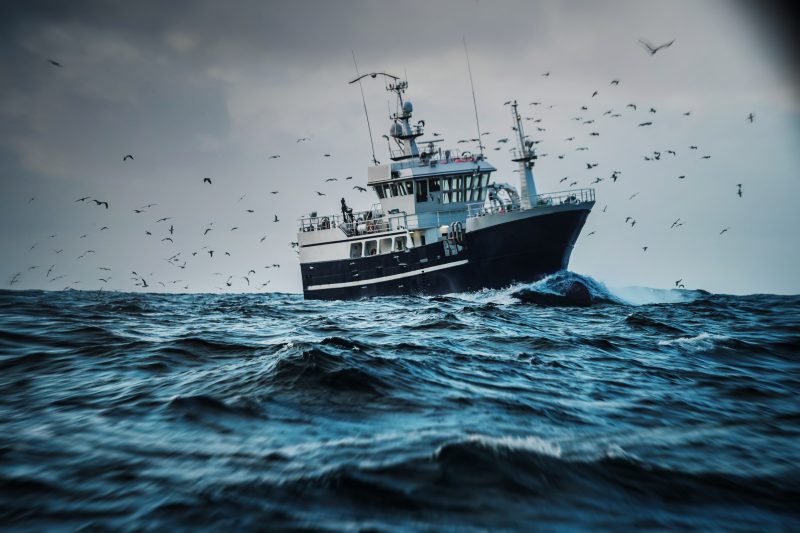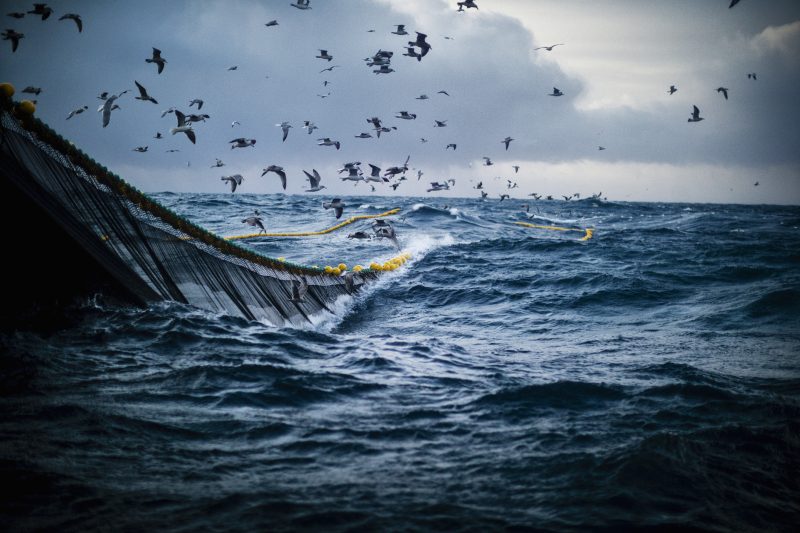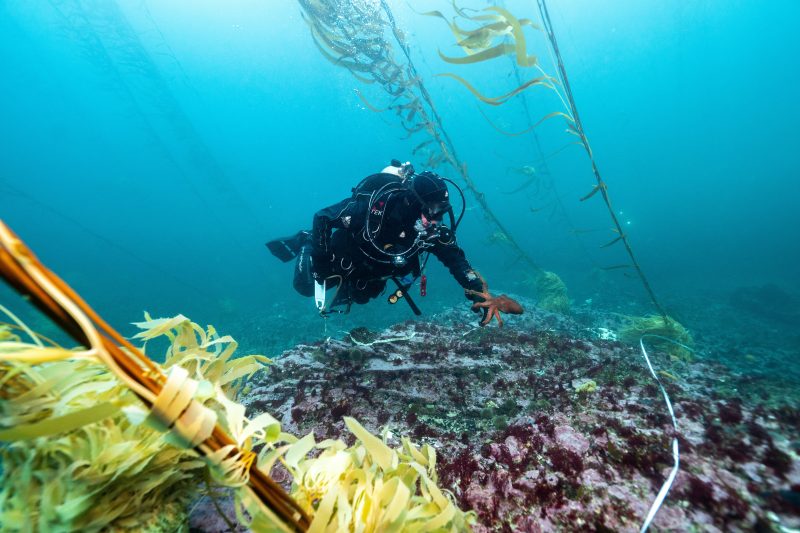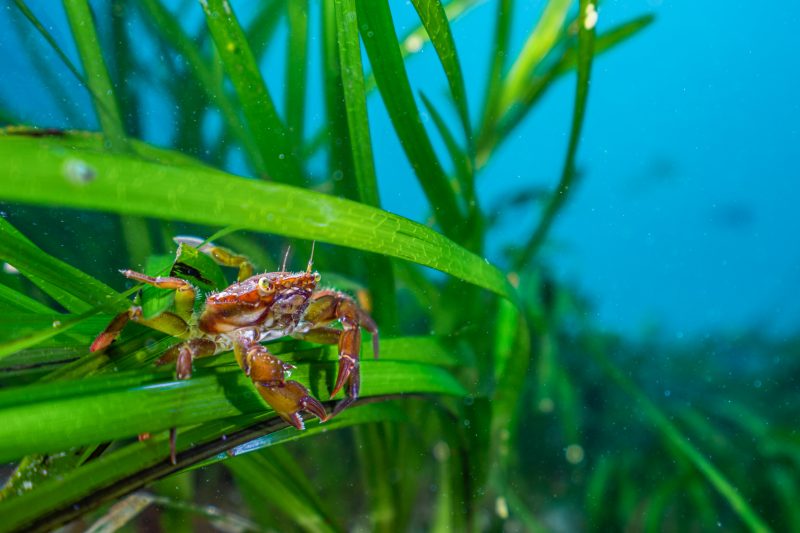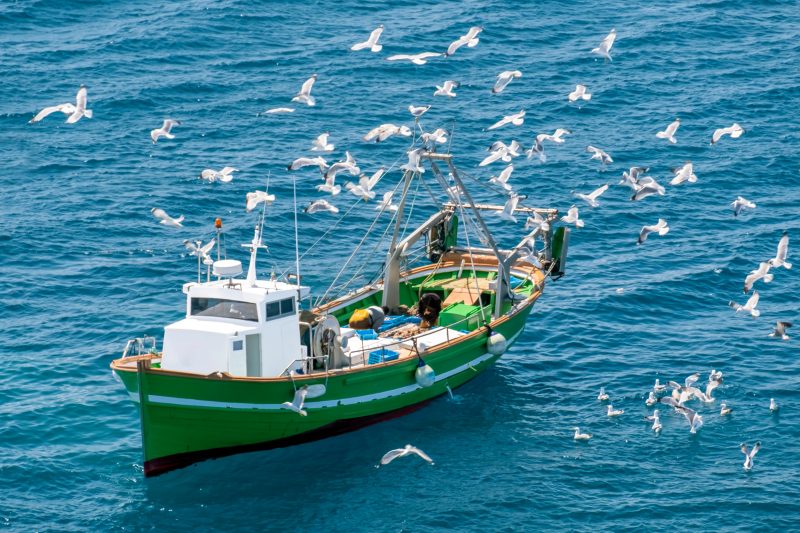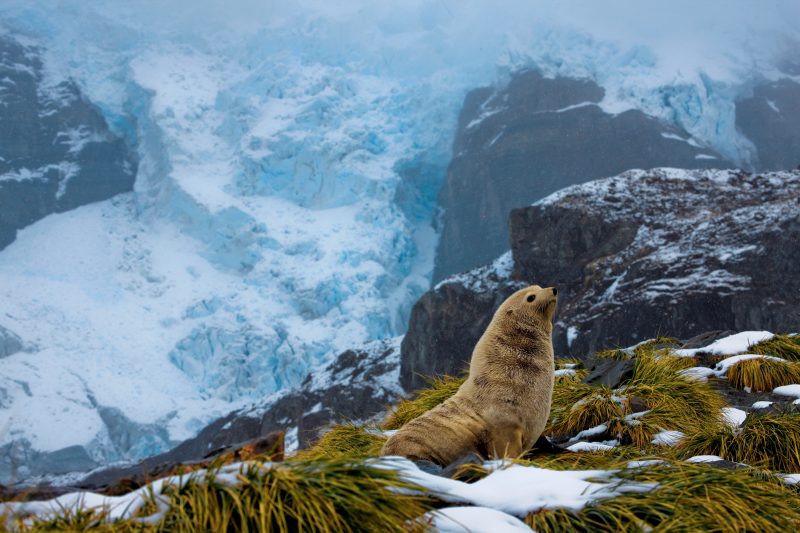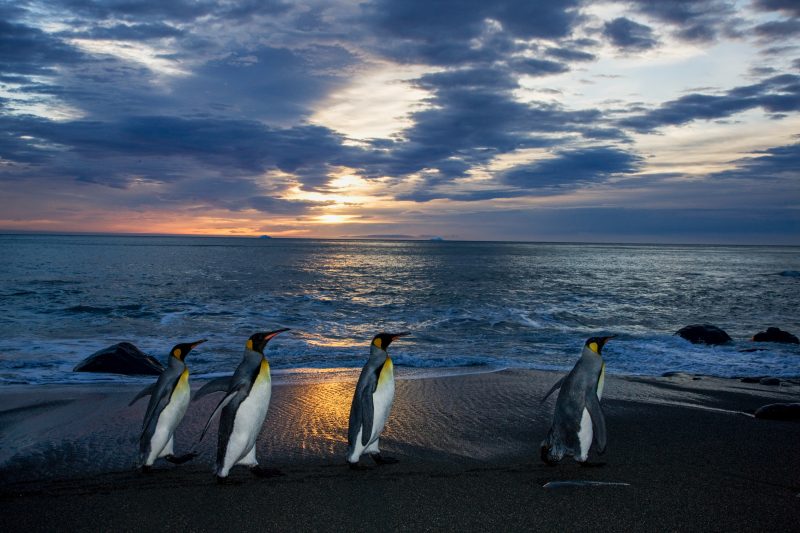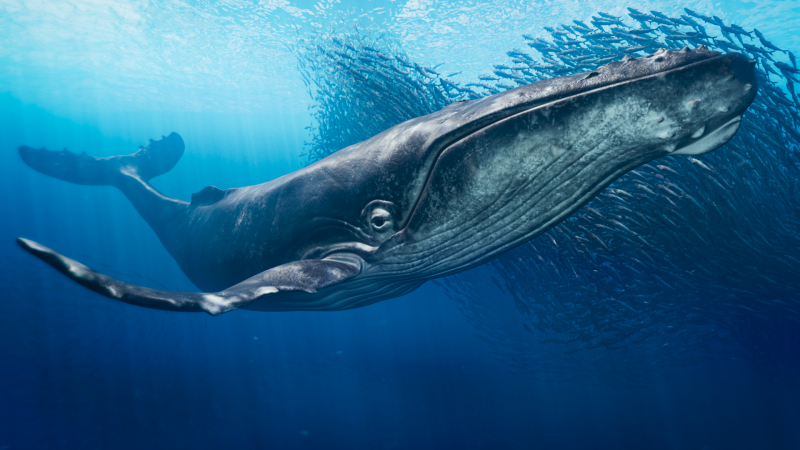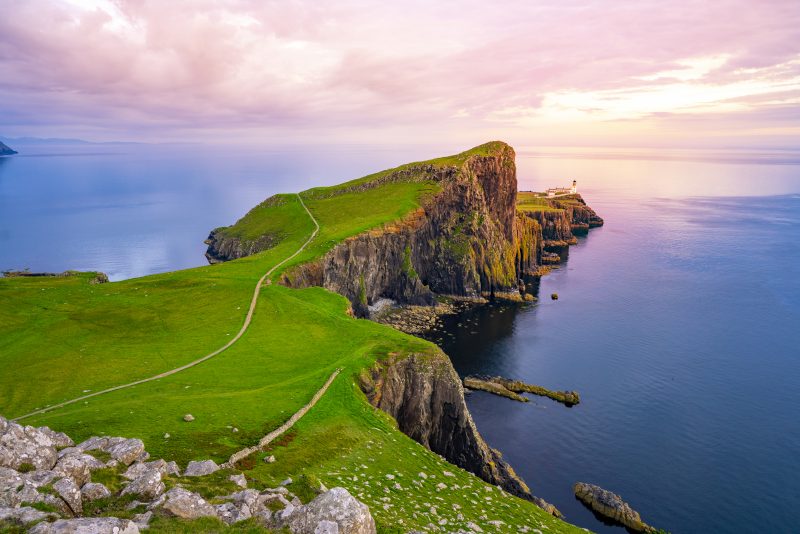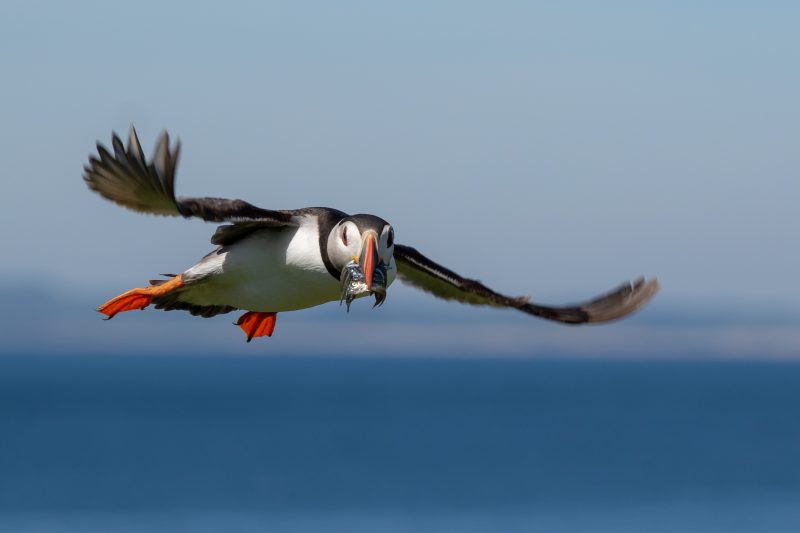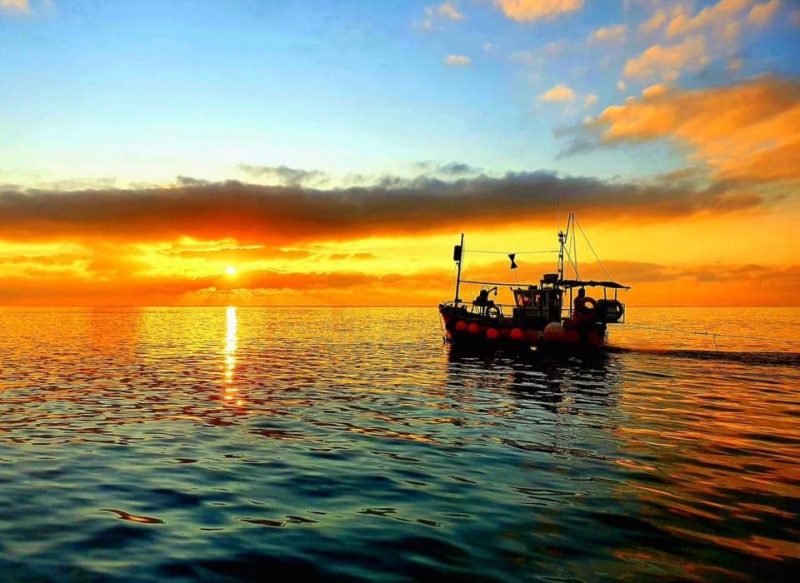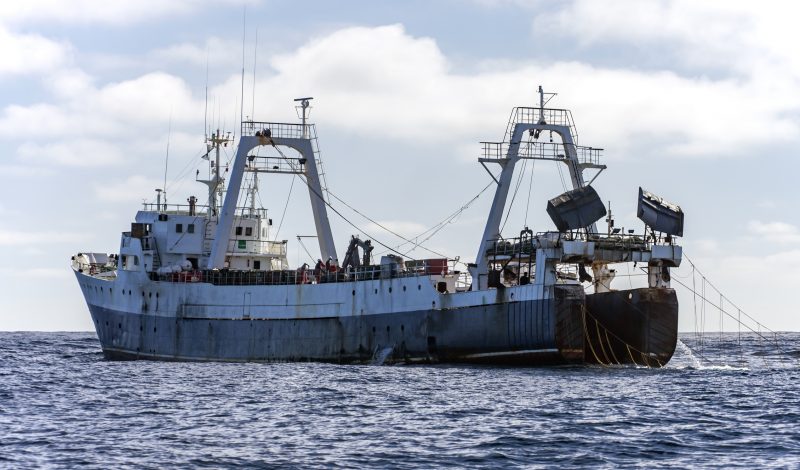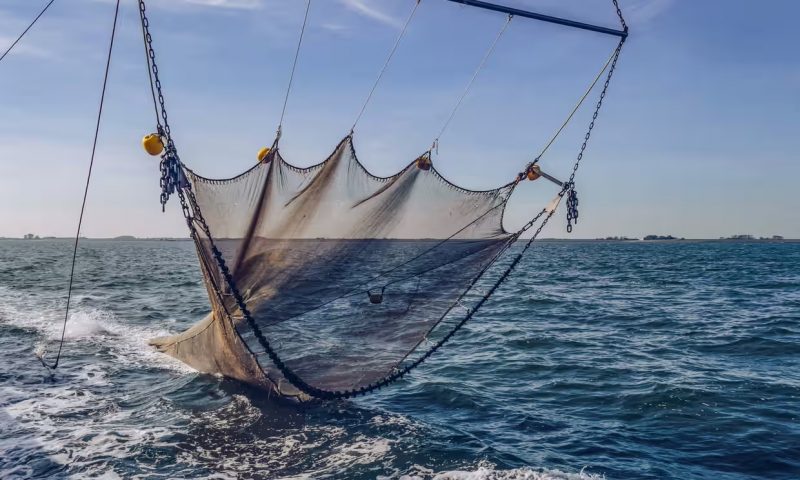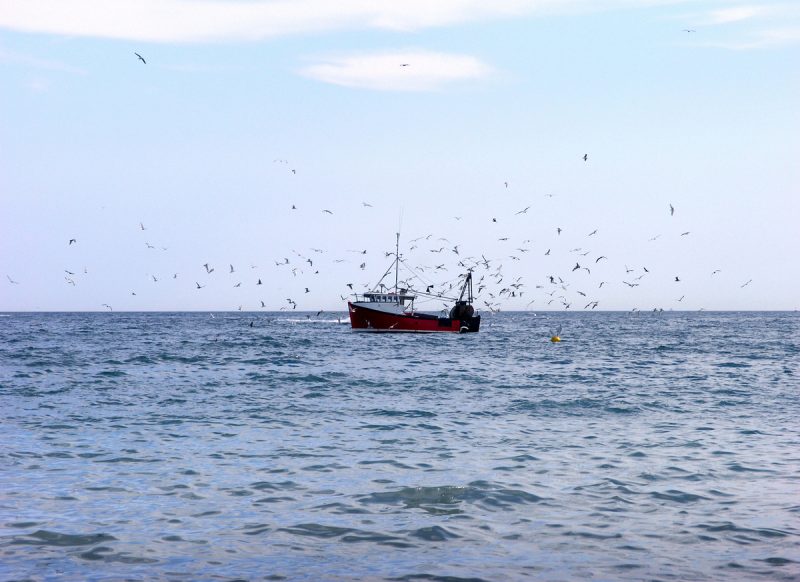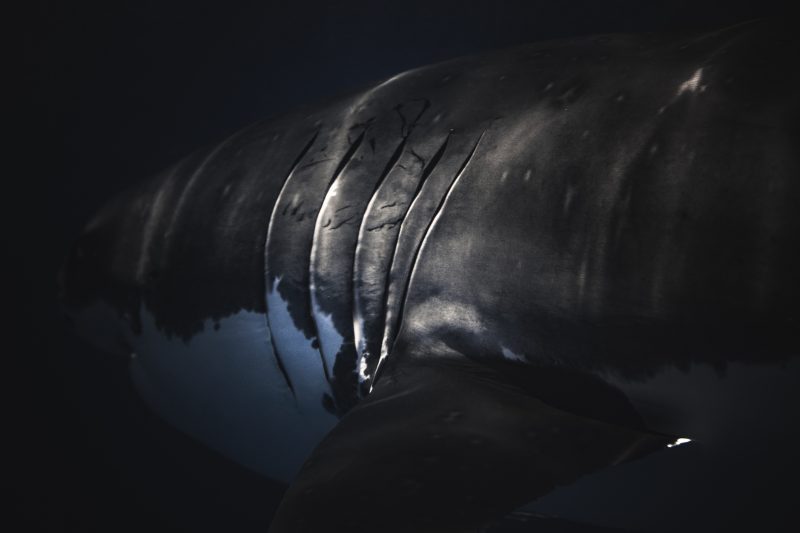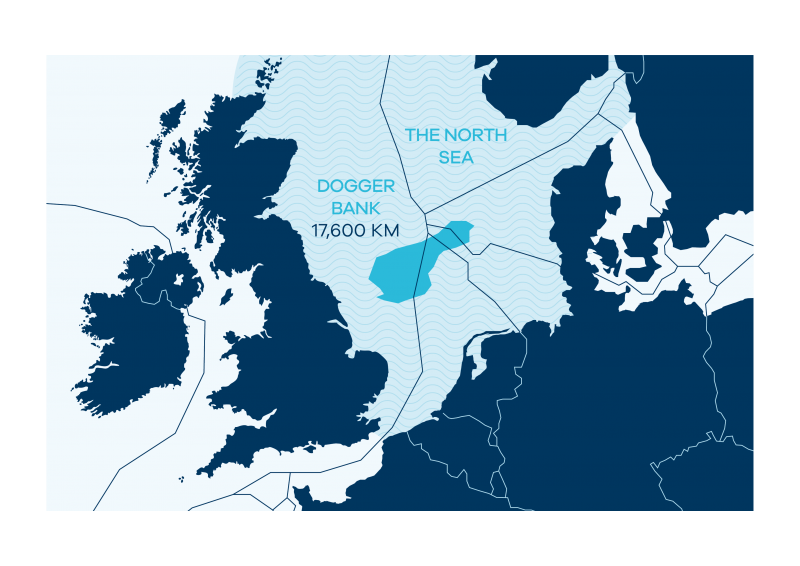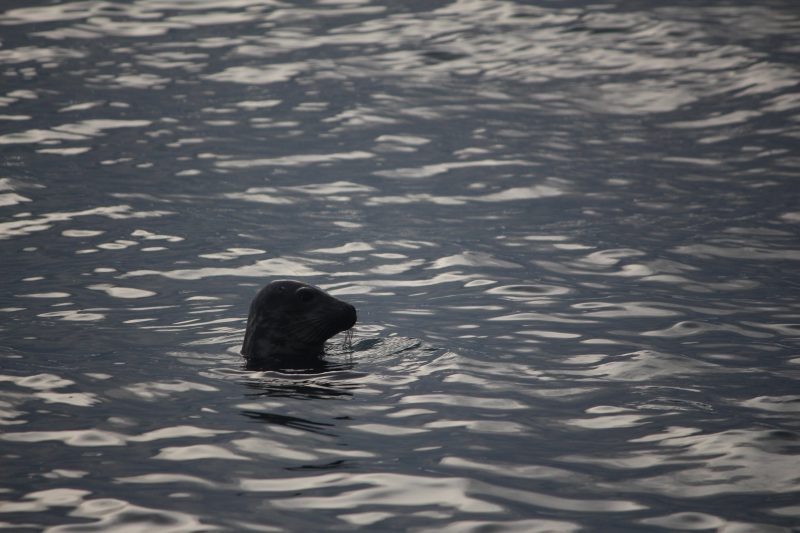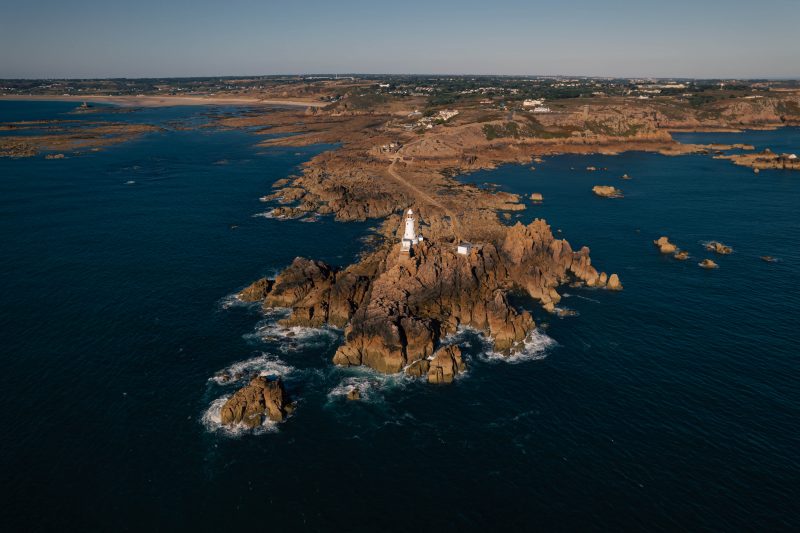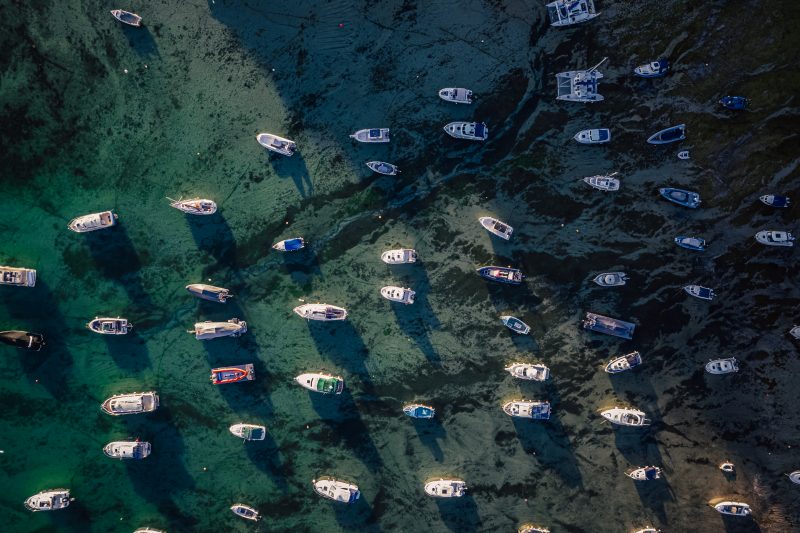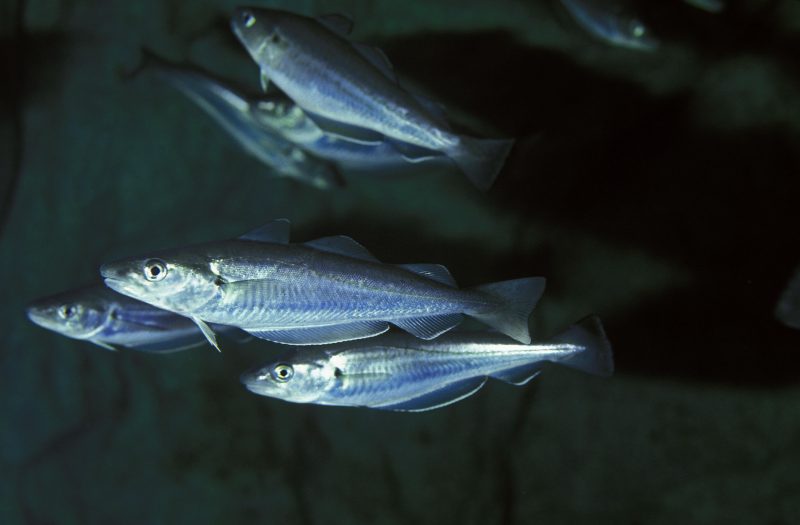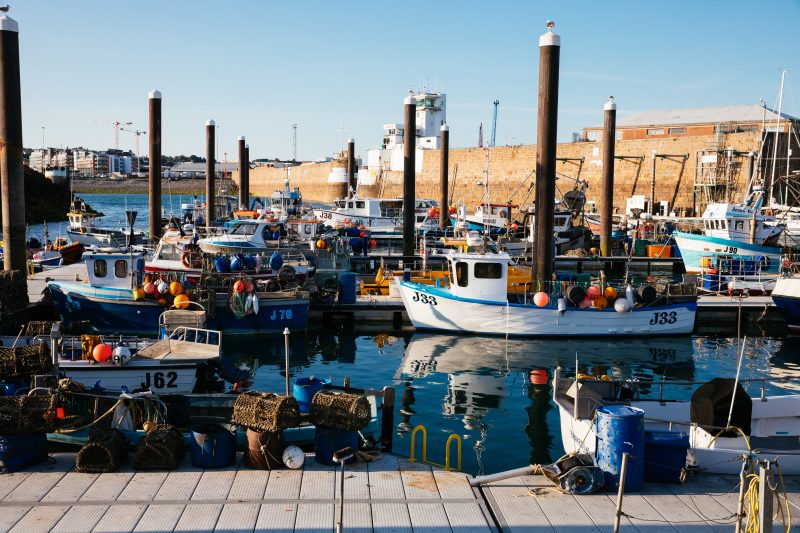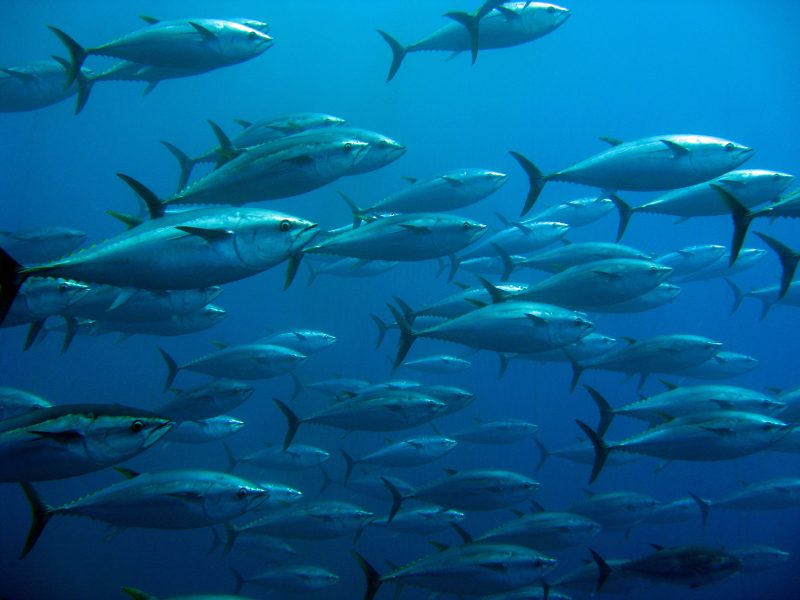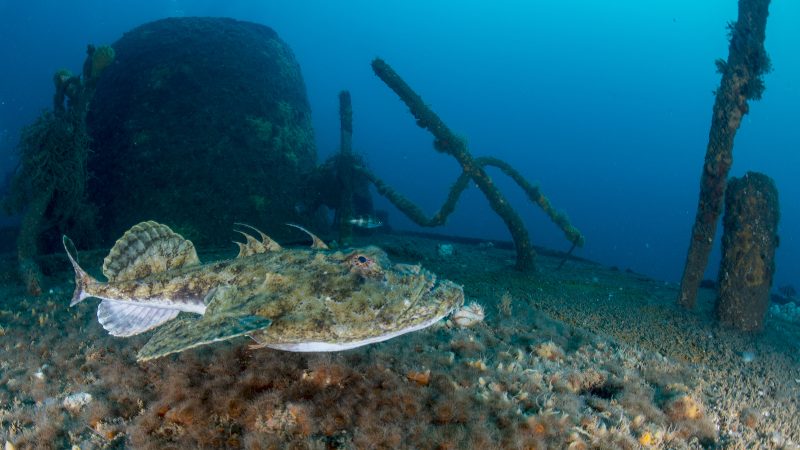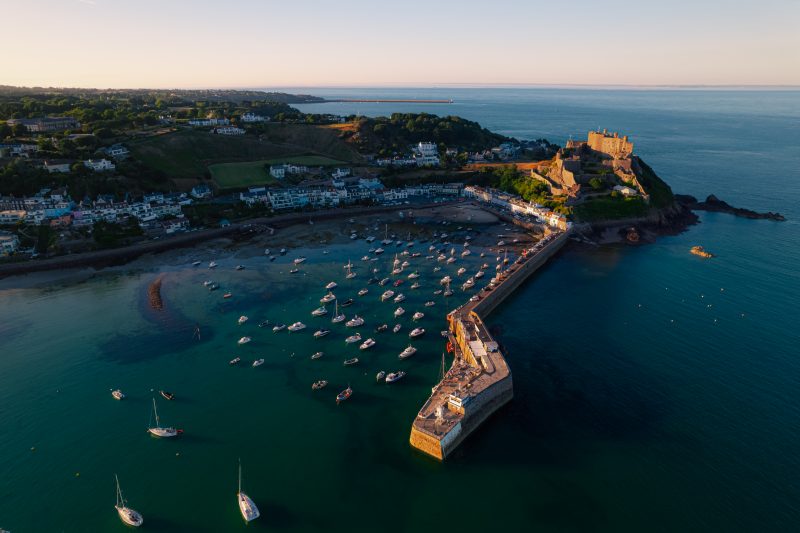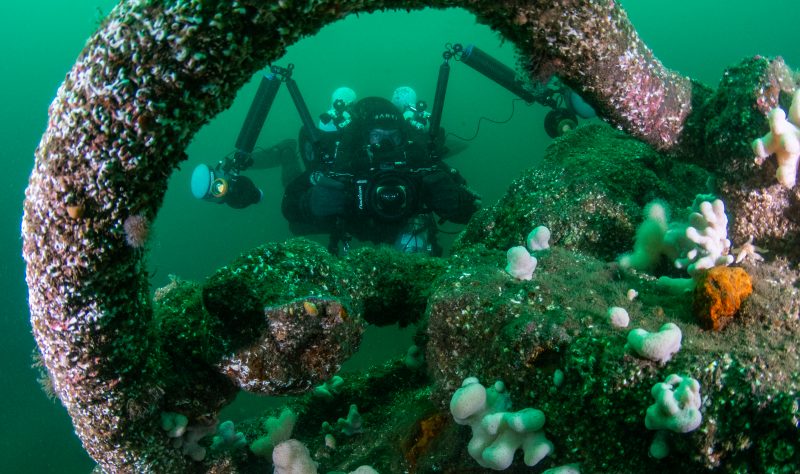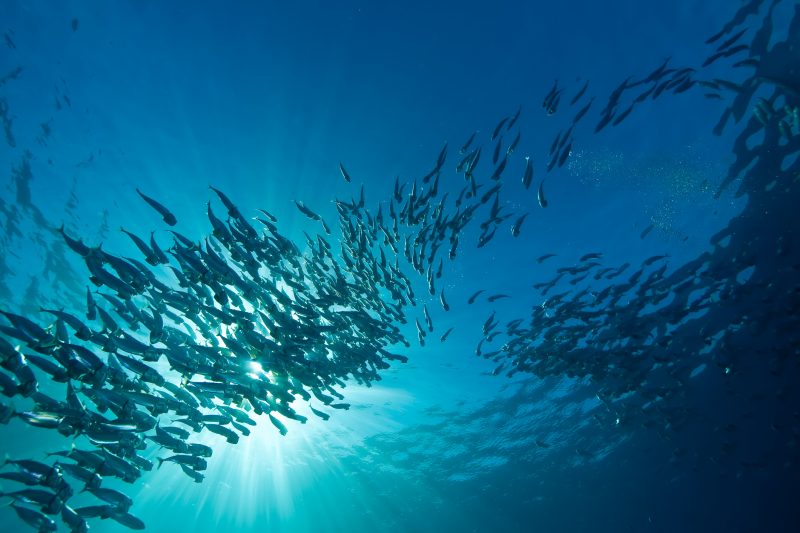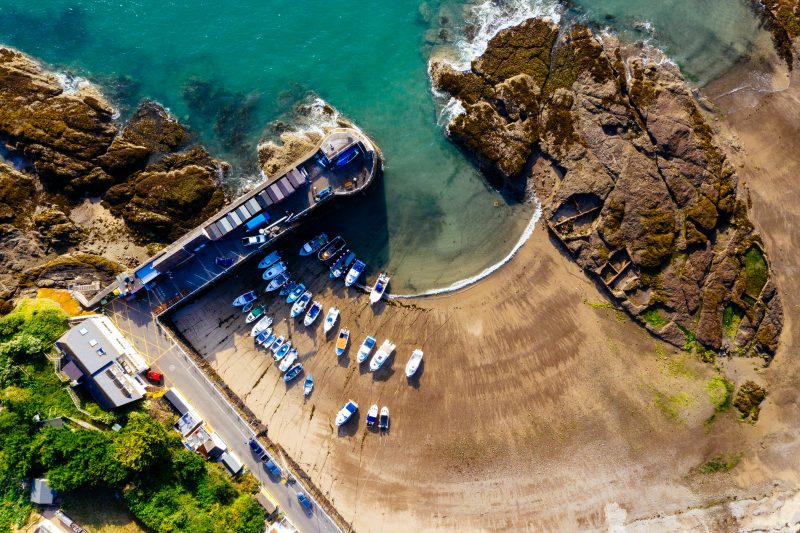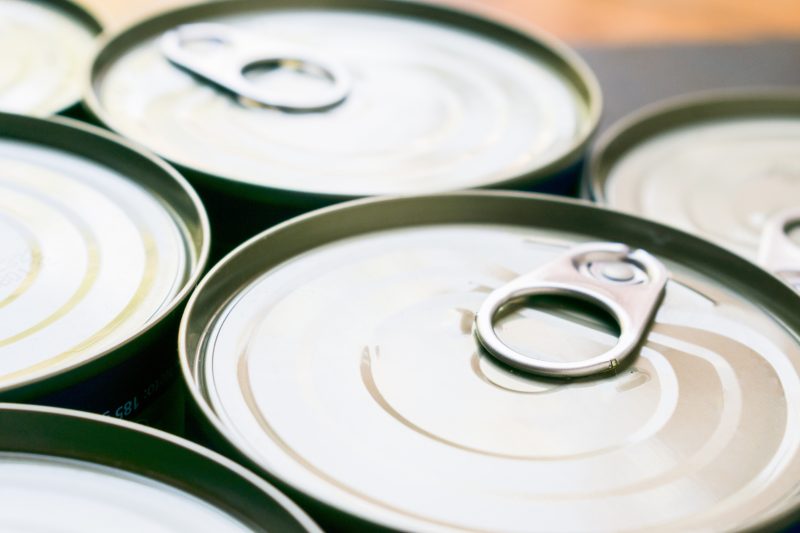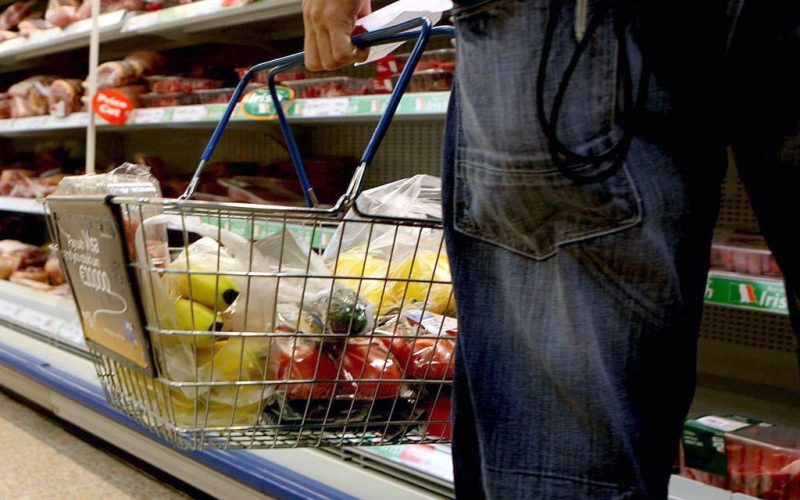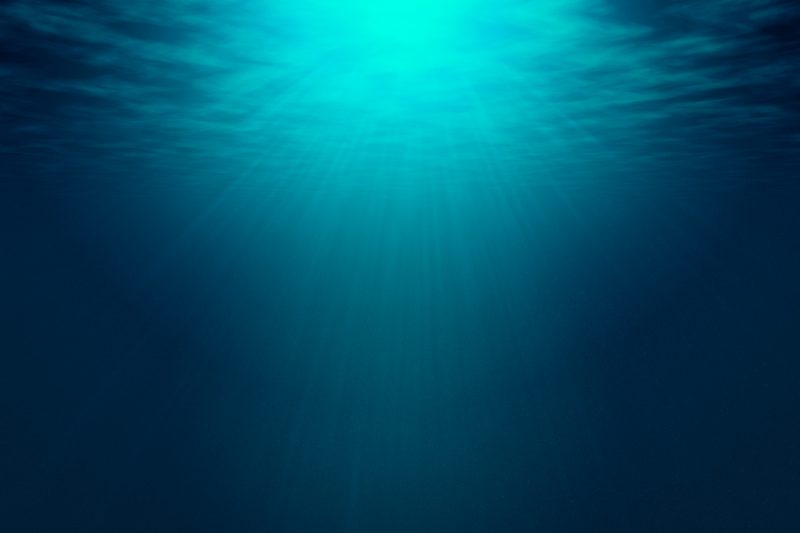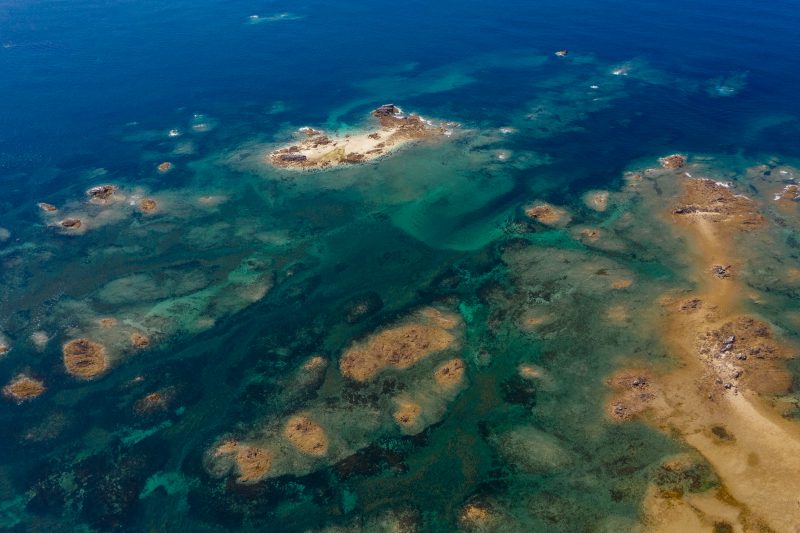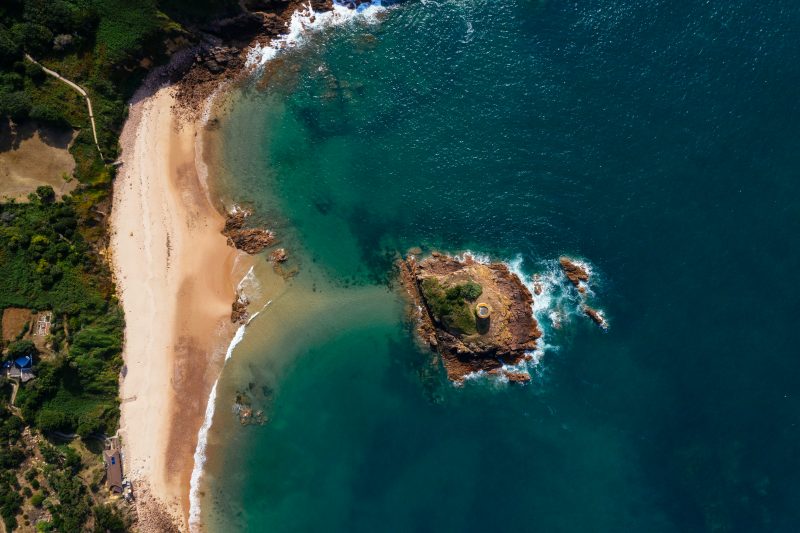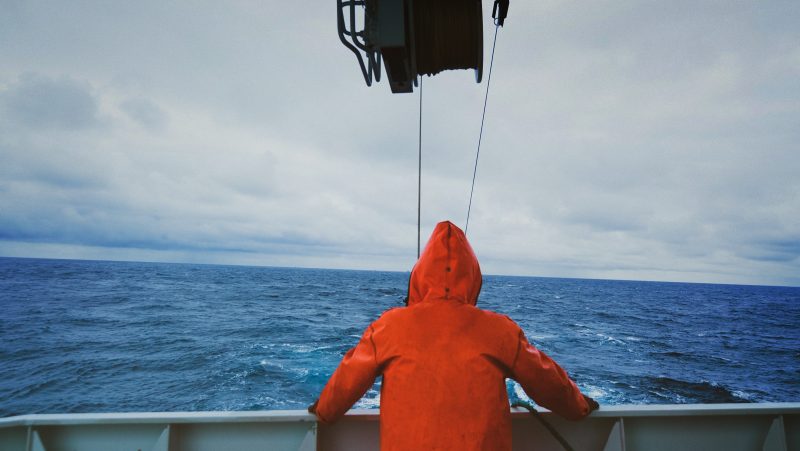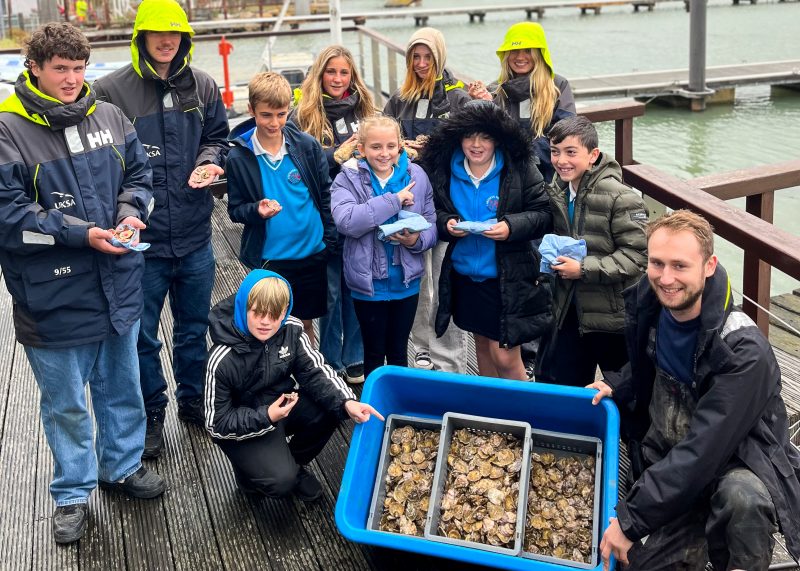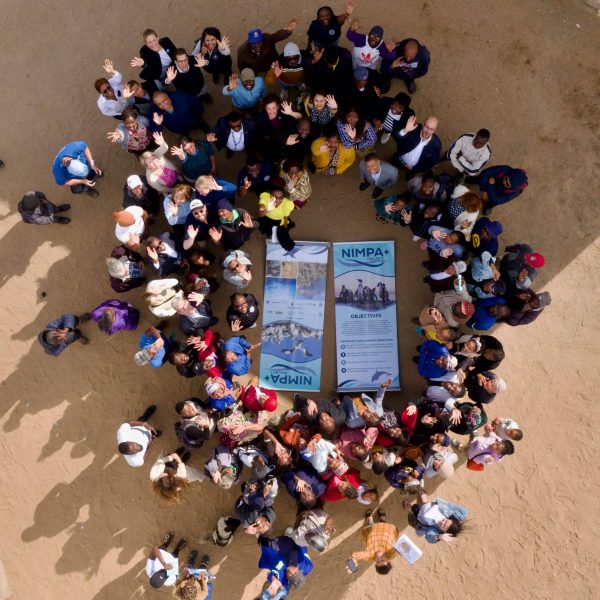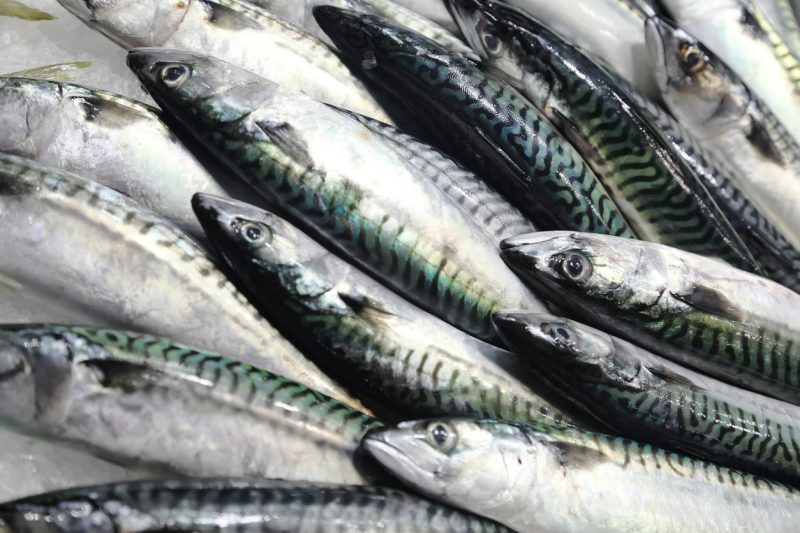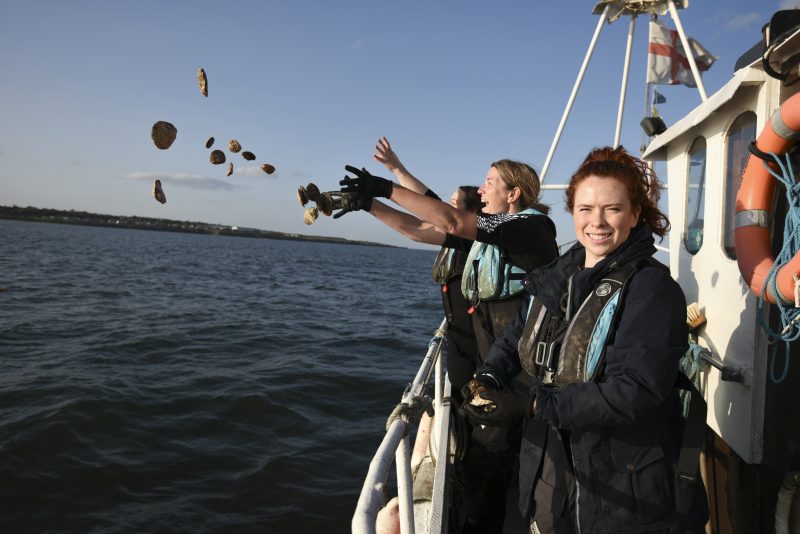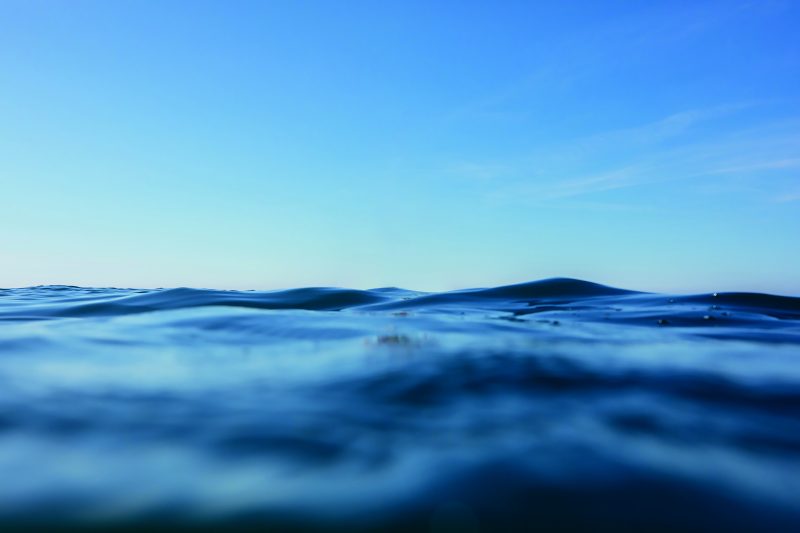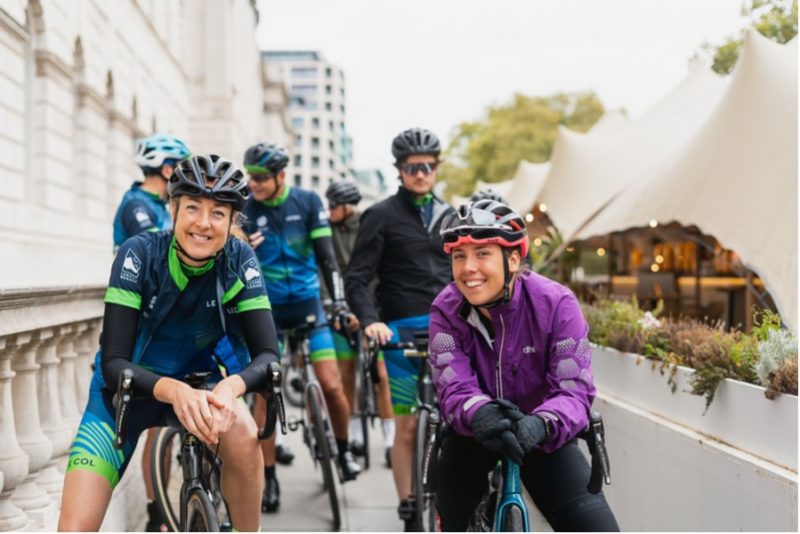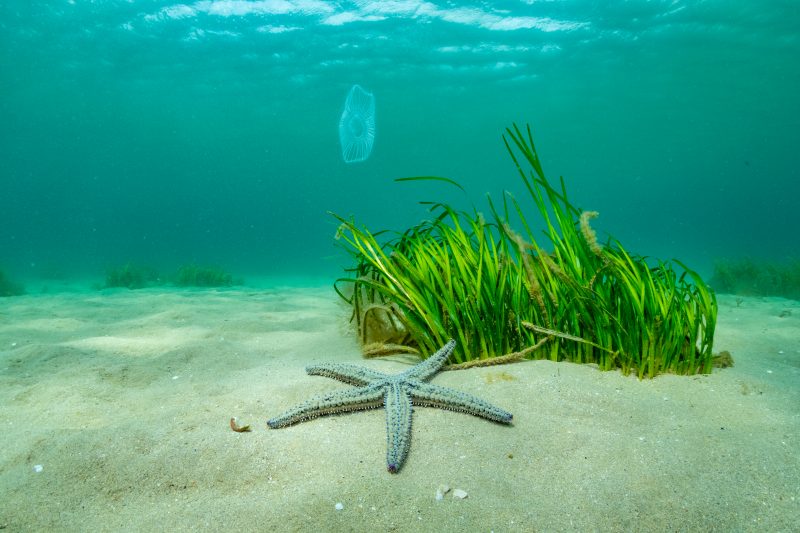 The Aeolians
The Aeolians
The Aeolian archipelago has been under consideration for marine protection since the early 1990s, but no meaningful progress had been made until BLUE partnered with a local NGO, the Aeolian Preservation Fund, and began to facilitate progress. Since last World Oceans Day, in 2016 the Minister of the Environment officially committed to the designation of a marine protected area in the Aeolians and local municipalities announced their support. BLUE is working on the ground to ensure that the MPA is designated and managed effectively, working on combatting illegal fishing, protecting biodiversity and promoting sustainable artisanal fishing.
 Ascension
Ascension
Following the announcement in January 2016 of a closed area almost the size of the UK around Ascension Island, the year since World Oceans Day 2016 has seen a number of fund raising initiatives for the island. In November 2016, BLUE’s executive director Charles Clover and CEO Clare Brook flew out to Ascension to deliver £138,000 of funds raised through BLUE’s 2016 London to Monaco cycle ride. These funds are being spent on a range of causes including science facilities for Two Boats School and a Conservation Centre at Long Beach hut.
 Bermuda
Bermuda
The past year since World Oceans Day 2016 has seen a huge amount of progress in Bermuda. Having previously been resistant to the imposition of large-scale marine protection, the Bermudian Government is now working closely with BLUE and the International Union for the Conservation of Nature (IUCN) with encouraging results. In September 2016, Bermuda’s Minister for the Environment Cole Simons was invited to speak at an IUCN Congress attended by 9500 people, where Bermuda was asked to play a leading role in developing a new series of international conservation guidelines. At the event, the Minister thanked BLUE’s Charles Clover and the IUCN’s Prof Dan Laffoley for working with him on this endeavour. In April 2017, Charles and Prof Laffoley were invited by the Bermudian government to join them in the first evaluation by any country of its conservation estate against new international guidelines – Bermuda was found to be doing extremely well.
 Caspian Sea
Caspian Sea
Five critically endangered species of sturgeon will be extinct in the wild within four years unless we can tackle the chronic overfishing and habitat destruction throughout the Caspian Sea. For this reason, the year since last World Oceans Day has been a crucial one. BLUE has supported extensive and continued removal of gillnets in river and coastal areas and gained commitment from the Ministry of Ecology to create the first marine reserve in the Caspian. BLUE is working on projects to reintroduce Caspian salmon and sturgeon into their natural habitats, restoring ecosystems and promoting livelihoods.
 Lyme Bay
Lyme Bay
In Lyme Bay, BLUE has developed a win-win model that benefits the marine environment and small-scale fishermen, who are seeing higher prices for practising low-impact, responsible fishing. The model, hailed as a world first, is now being replicated by fishing communities around the UK coast and in the Mediterranean.
This World Oceans Day, the Lyme Bay Reserve will also be celebrating our Schools Outreach Programme that has seen over 50 schools and 3,346 students participate this year. The programme involves fishing representatives visiting schools to engage students with Lyme Bay’s marine ecology, fisheries and conservation efforts. Using fishermen as ambassadors provides a real connection for students and the fishermen themselves take pride in the conservation scheme, ensuring its continuation. Importantly it allows the marine environment of Lyme Bay and its heritage to be communicated by those who depend on it for their livelihoods.
 Maldives
Maldives
The Maldives Grouper Fisheries and Conservation Project really kicked off in 2016-2017 with the start of the project proper in September 2016. BLUE hired two project staff on Laamu Atoll who have made excellent progress, surveying two grouper spawning aggregation sites in great detail and interviewing 80 local fishermen. The environmental education program has had great success raising awareness across the atoll of marine environmental issues.
 Patagonia, Chile
Patagonia, Chile
BLUE is enabling the funding of Saoirse, a sailing vessel making scientific expeditions in Chilean Patagonia. In 2016 she sailed into Golfo Tres Montes, one of the most remote parts of the coast, to study the reason for the largest baleen whale mortality in recorded history, using techniques as varied as necropsy, plankton sampling, DNA sampling and time lapse photography. BLUE also sent out a drone operator, Ollie Darwin, to join Saoirse’s second expedition, who recorded spectacular footage of the team in action and experimenting with the use of the drone as an efficient scientific tool.
 Scotland
Scotland
Since World Oceans Day last year, in December 2016 Fair Isle became Scotland’s first ever Demonstration and Research Marine Protected Area, with the support and guidance of a community support officer part-funded by BLUE. As well as protecting the waters around the island, the MPA will play a vital role in protecting the 17 species of seabirds which breed on Fair Isle, including puffins. The other objective of the MPA is to demonstrate the social and economic value of a healthy marine environment to the Fair Isle community, which BLUE’s community support officer has been assisting by convening community workshops and empowering local communities to have more of a say in how their waters are managed.

